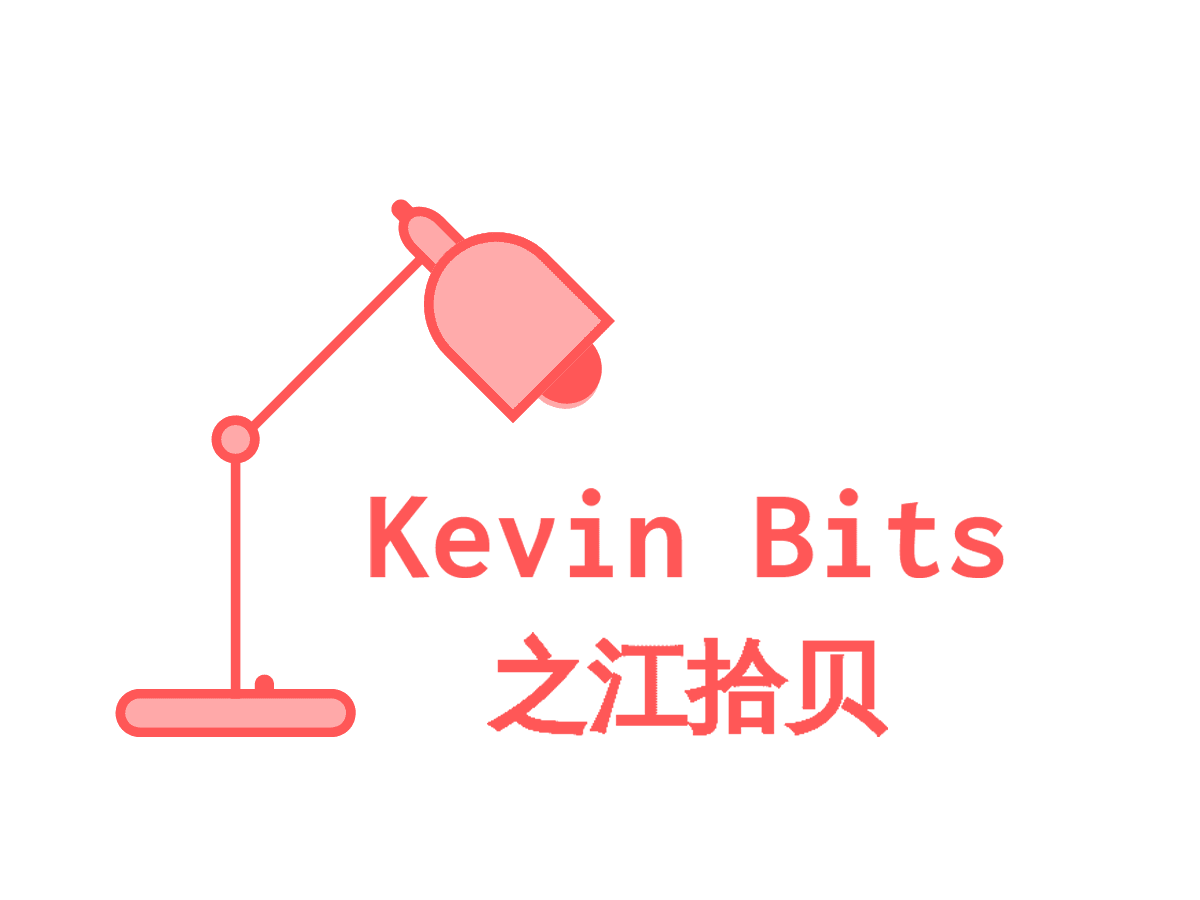The Fed has dual mandate of maximum employment and inflation near 2%. In the conventional region, the Fed has only the interest rate tool to control the two variables (goals) unemployment and inflation. This can be difficult especially when the status and trends of the two variables require different paths of interest rate policy.
The Fed officials are facing a conflict now. There has been a lot of progress in their goal for U.S. job growth, but little in their goal of raising inflation to 2%. The unemployment rate has declined from 10% in 2009 to 5.3% in June this year. “The labor market continued to improve, with solid job gains and declining unemployment” according to the FOMC statement in July 29, “… underutilization of labor resources has diminished since early this year.”
The Fed is near seeing enough improvement in the job market to prompt officials to raise the interest rates soon. But the inflation has been below target of 2% for several years and there seems no clear sign of upward trend. The Fed’s preferred measure, the Commerce Department’s personal consumption expenditures price index, rose just 0.2% in the 12 months ending in May. Core inflation, which exclude volatile food and energy prices, was up 1.2% during the year. The low inflation requires keeping low interest rates and other monetary ease in place.
In principle, it is difficult to control two variables using one control mechanism. One has to compromise between the two variables, namely at any time, one has to weigh which variable is of more interest. There are some dependencies between the employment rate and inflation – better employment rate could prompt wage rises and consumer spending and therefore create inflation. But this is not always true and the relationship is conditional to other factors. On the timing dimension, there can be a lag between the employment and inflation. The Fed officials, I think, is hoping the inflation comes back in the “near term” while the employment goal is near close.
After the financial crisis of 07/08, the Fed was given partial responsibility to protect financial stability, which has added another element of complexity and difficulty for the Fed to use single control mechanism to achieve multiple goals. I think when the risk of financial stability is high, the Fed is necessary to deploy some unconventional monetary tools and the government may use their tools such as fiscal policy to help.
